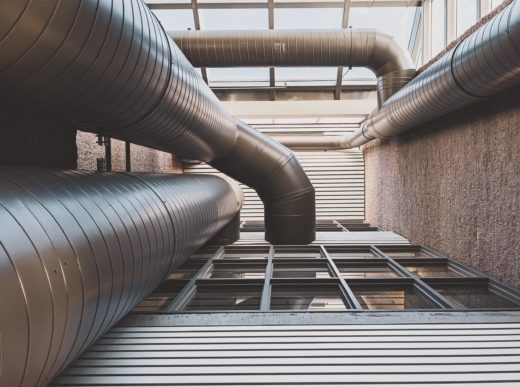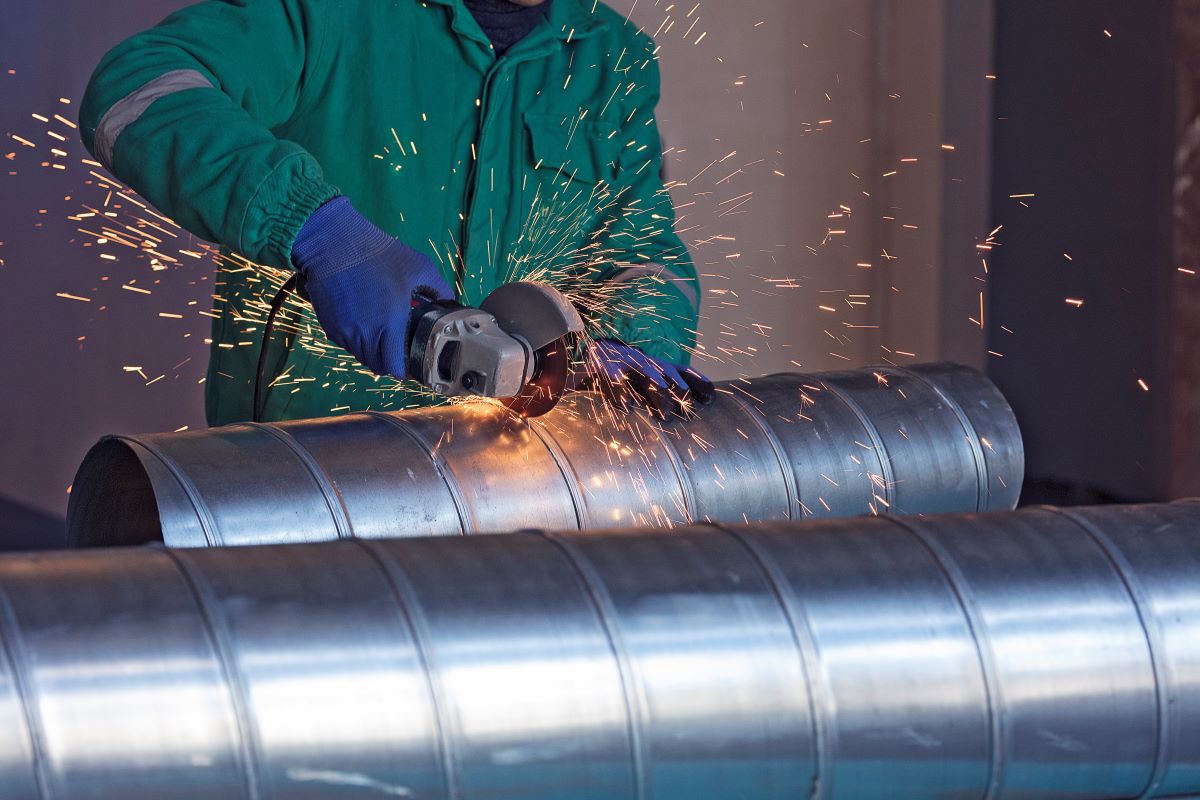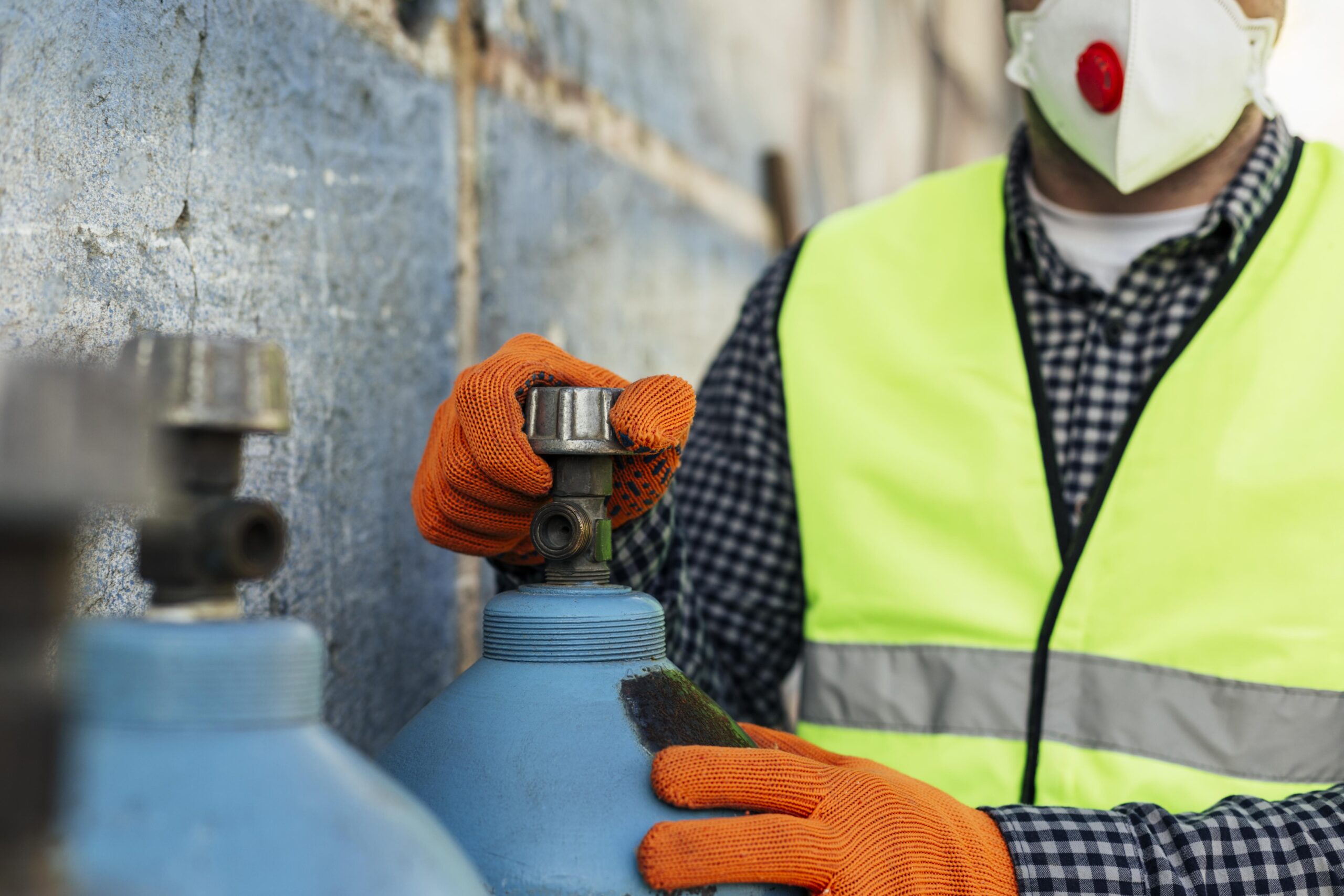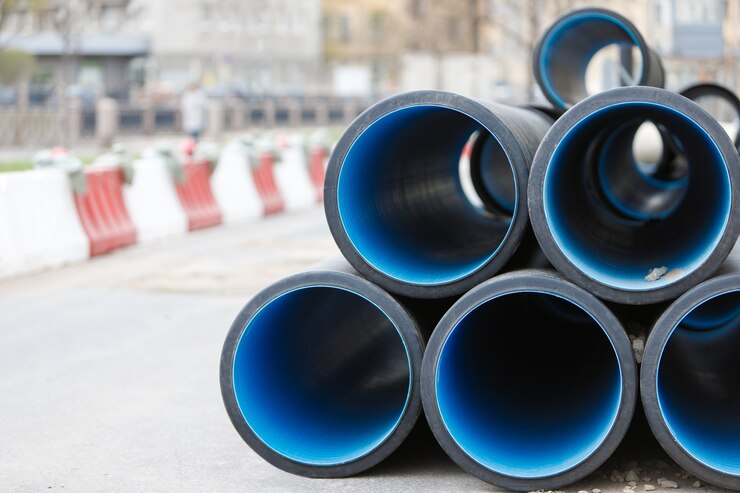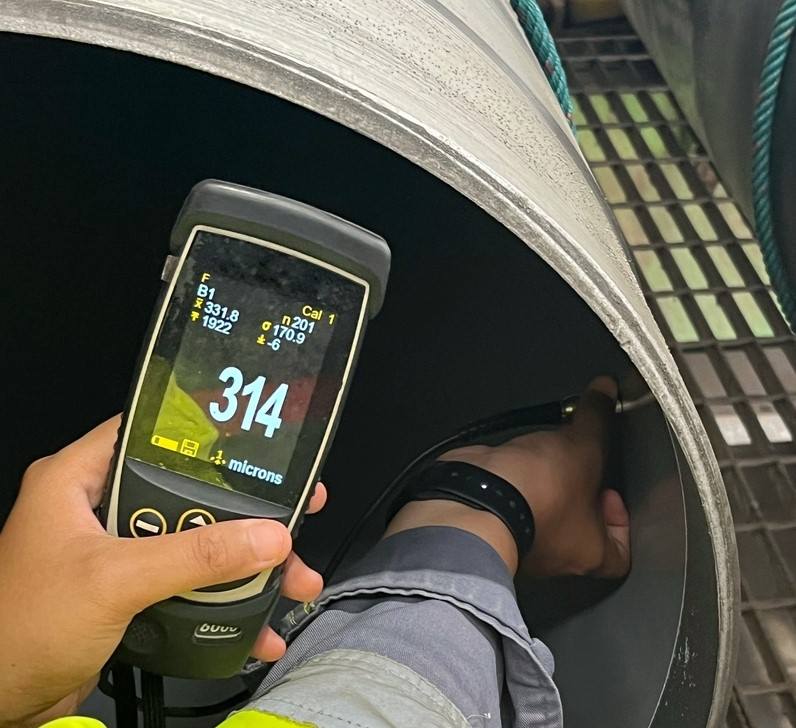The process of joint field coating helps you determine the performance of appropriate protective pipeline coating materials to ensure that your entire pipeline system or subsea production structure is pipeline corrosion resistant and withstands extreme environmental and operational conditions throughout its lifetime.
Careful field coating inspection of several critical factors should be considered, such as pipe diameter, operating pressures or operating temperatures of conveying materials, ground conditions when installing the fixed line, construction techniques of the installation, the cathodic protection (CP), and whether the applied current is CP or sacrificial.
These are all factors that determine the choice of pipe protection material, and it is important to understand that the critical area of the field joint and the girth weld will be subject to the same factors, stresses, and operating conditions.
What Is The Joint Coating Field?
One can apply field joint coatings whenever offshore pipeline segments are welding together. The welded zone, exposed to a hostile environment and subject to corrosion, is often the weakest point of a pipeline.
Surface systems must have the following characteristics in the field:
- Thermal insulation and long-term corrosion protection
- Excellent adhesion to the protected support
- Excellent compatibility with the factory or primary paint system
- Application ease – to ensure quick application and shorter bonding cycle times in the field
Challenges in designing the most appropriate corrosion protection systems for transmission pipelines include cost effectiveness, operator and applicator safety, design life expectancy, local legislation, and coatings in collaboration with cp. Besides the pipe itself, there are many other factors to consider.
What Problems Might In The Process of Joint Field Coating Face In Cold Weather?
In general, paints and plastics behave differently at low temperatures. They have a significantly shorter cure time (in some cases, the curing process of joint field coating stops completely) and increased viscosity, Which reduces wetting on the profiled substrate, and the integrity of the polymer film can be impaired. In cold climates, there is also an increased risk of condensation, ice formation, and contamination of abrasive media.
Field Joint Coating Features and Process
1. Pipe Driving or Pipe Ramming
When punching tubes (dynamic tamping), den solid-talc is the ideal solution for coating welds. You can characterise it by rapid hardening as well as high abrasion and shear resistance. By the use of torch flame, one can do further curing after application.
2. Considerations
Preheating elements in cold climates, preheating the steel surface is necessary not only to reach the hardening temperature but also to eliminate possible condensation on the surface. The choice of the heating element is not only determined by budget but also by availability.
Understanding the surface heating preparation process in order is crucial. For example, when using an open torch, it is recommended to preheat the surface before sandblasting to eliminate the risk of flash corrosion on the surface.
3. Quality Control
You must adapt the quality control process to the environmental conditions and the curing mechanism. There are so many test protocols for “normal” temperatures. You do not intend to perform quality tests such as adhesion, shore hardness, and peel strength.
The plumber should review the inspection test plan and acceptable alternatives such as backing plates or other test methods more suitable for lower temperatures.
4. All-In-1 The Universal Protection Solution
Save on tedious prep and multi-step workflows: the patented sealed all-in-1 innovation makes weld protection simple. After only one coating, sealed all-in-1 protects your pipes against corrosion and mechanical influences.
Instead of having to manage multiple components in the system and complicated workflows, you now only need one solution. No more time-consuming preparations, additional equipment, or laborious protective measures for people and the environment.
5. Tough Even At High Temperatures
Flexsleeve is a two or three-coat anti-corrosion system that is applied directly to the steel surface. The systems are extremely simple to apply without the need to waste time preheating the surface. Their resistance to high temperatures up to +120°C and their ability to self-heal make them an excellent choice.
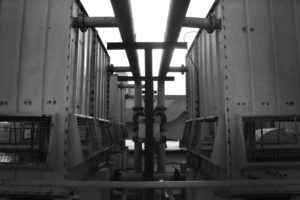
Advantages Of The Process Of Joint Field Coating
Aesthetics are also important when choosing a paint system. Renders can revive the appearance of a facade or rejuvenate the surface of a parking area. Some coatings are of different colours. Businesses can apply their logo colours to building surfaces to enhance branding. Coatings with colours can help to distinguish traffic lanes from parking areas and walkways.
Applying a coating can conceal concrete flaws, which is once again more affordable than fixing or replacing the concrete itself. Furthermore, you can fix the damaging concrete components due high cost of repairing concrete. This can have an unfavourable aesthetic effect by changing the building or structure’s original appearance or design.
Disadvantages Of The Process of Joint Field Coating
The normal warranty period is between five and ten years, depending on the type of siding installed. However, regular care might help the paint last longer than the warranty allows. You can repaint the pipeline that is nearing the end of its life if you follow repair and maintenance. Conversely, if you do not carry out maintenance or repairs, it requires complete removal and replacement of the coating system, with the possible repair of the concrete.
Conclusion
Element’s pipe and joint coating services help you determine the performance of appropriate protective pipe coating materials to ensure that your entire pipeline or subsea production structure is corrosion resistant and withstands extreme environmental and operational conditions throughout its lifetime. Since pipelines span great distances, there will be many job site joints where sections of the pipeline are joined and welded together. You may now know what is the process of joint field coating.

